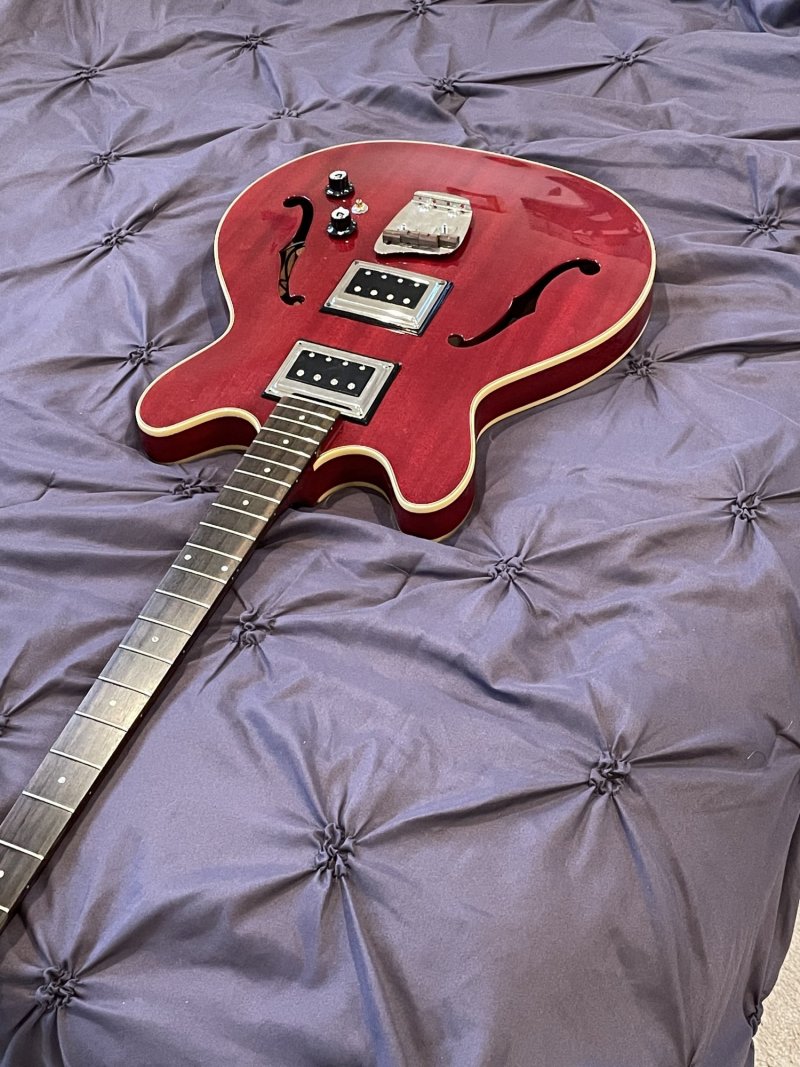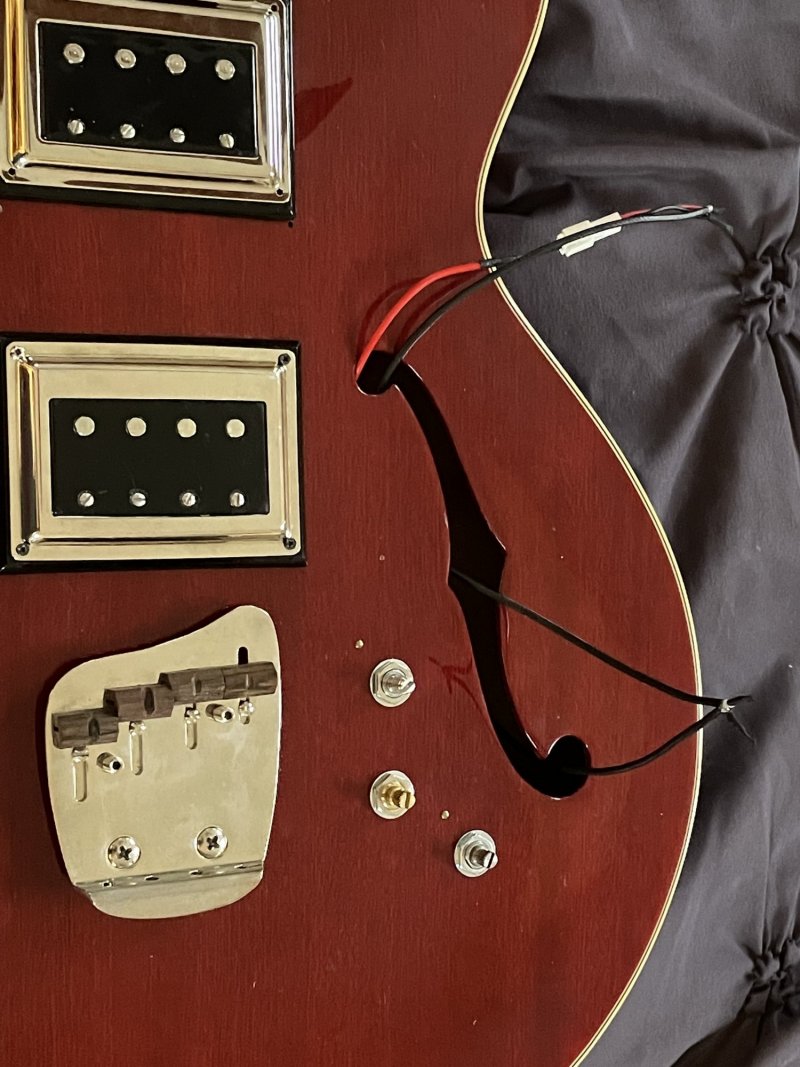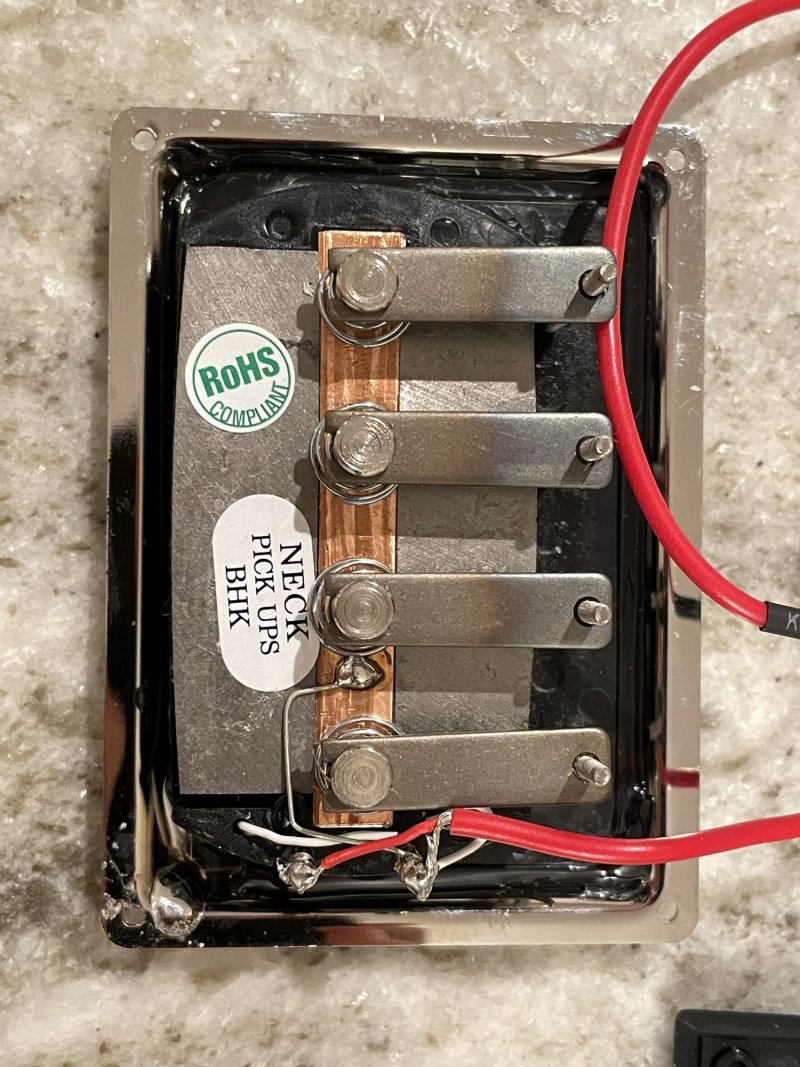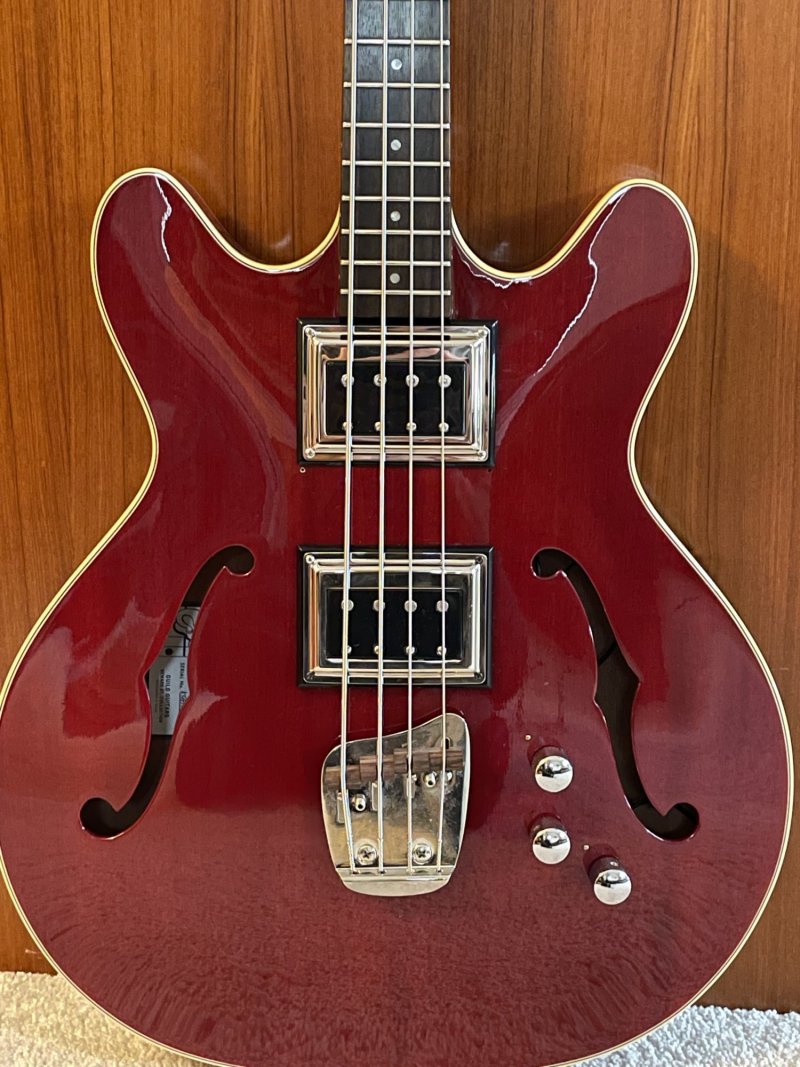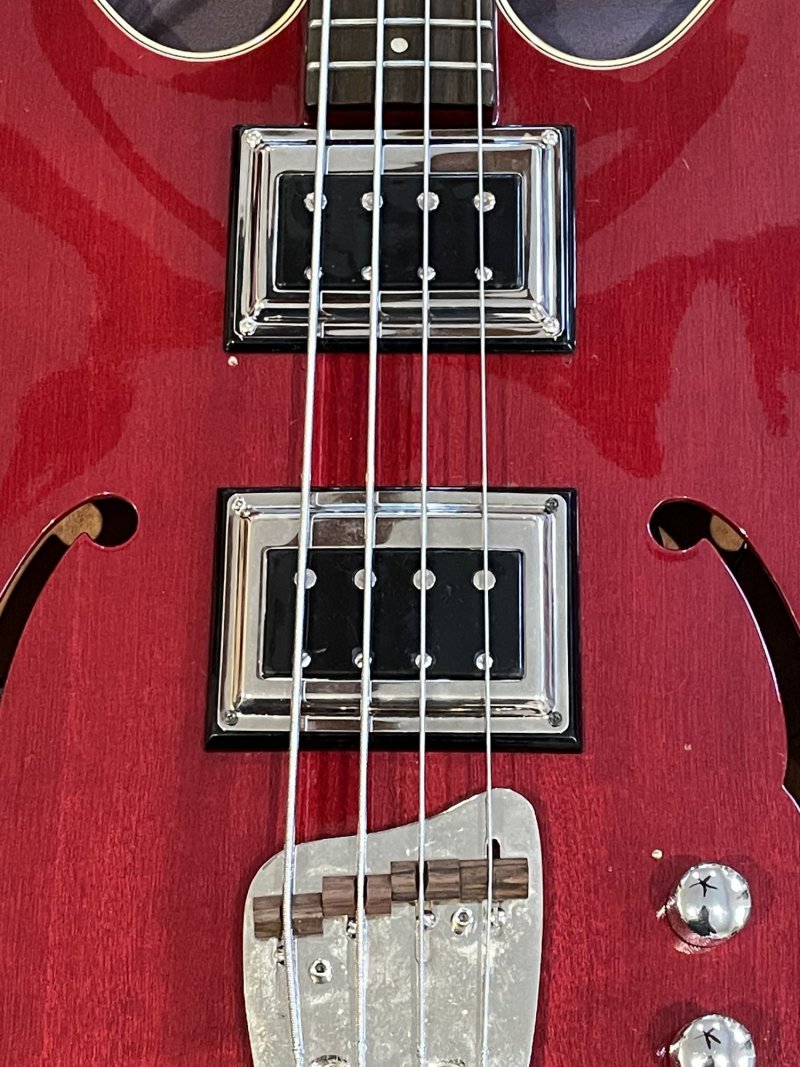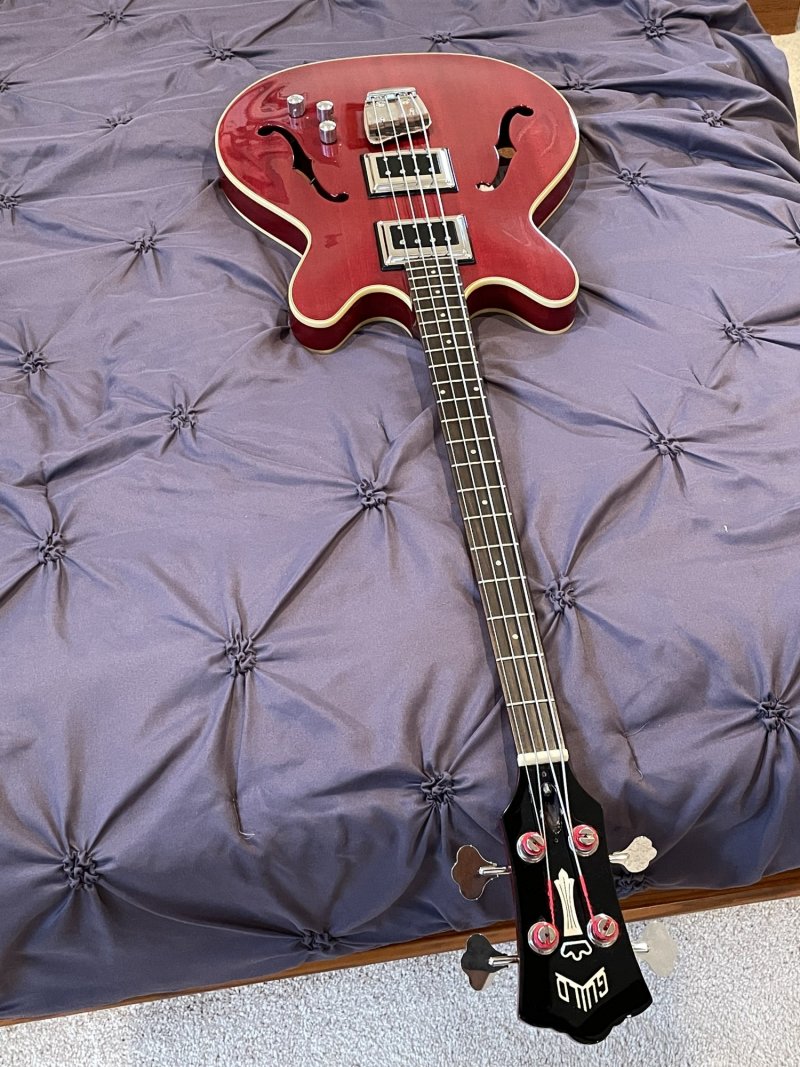Nuuska
Enlightened Member
What exactly is the idea of cutting the track vs leaving the track end unsoldered?
So one could use those solder-ears for something else?
I had some other ideas about this, too - but decided to hear some answers first
So one could use those solder-ears for something else?
I had some other ideas about this, too - but decided to hear some answers first

